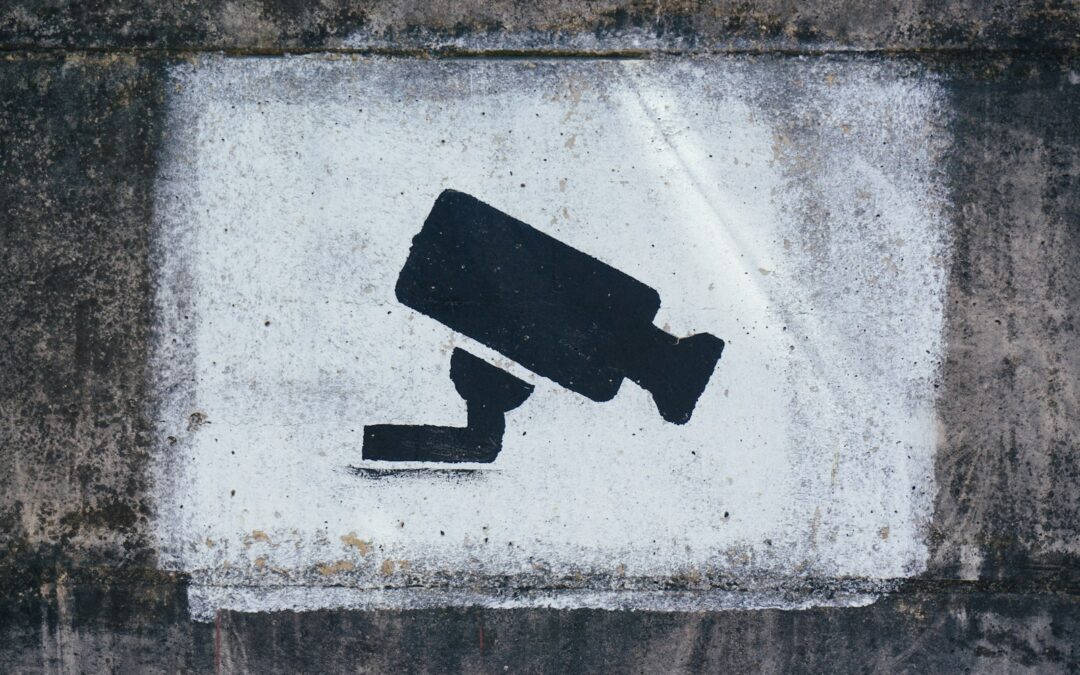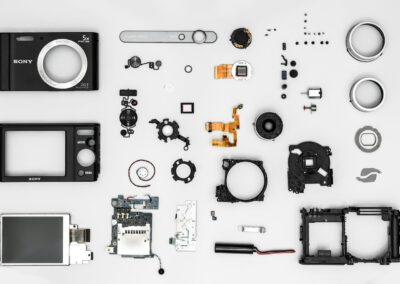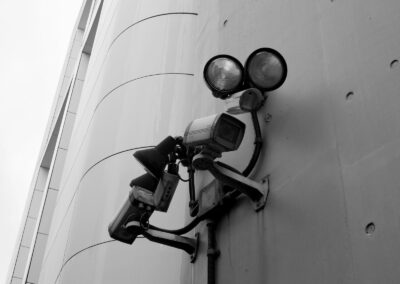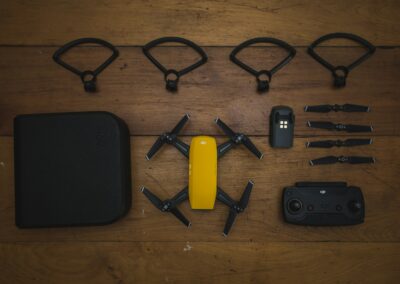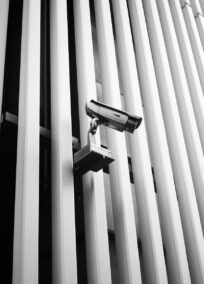The Critical Role of Policies in Managing Body-Worn Camera Footage
Introduction to Body-Worn Camera Policies
The establishment of comprehensive body-worn camera policies is essential in balancing transparency with privacy and legal considerations. In regions like Saudi Arabia and the UAE, where technological advancements are rapidly transforming public safety and business operations, the adoption of body-worn cameras by law enforcement and security personnel has become increasingly common. These devices are pivotal in ensuring accountability and transparency, but they also raise significant concerns about privacy and data protection. Therefore, it is crucial to develop policies that address these issues while maximizing the benefits of body-worn camera technology.
Body-worn cameras serve as an invaluable tool for law enforcement agencies, providing objective evidence that can be used in investigations and legal proceedings. In cities such as Riyadh and Dubai, where security and public safety are top priorities, the implementation of body-worn cameras enhances the credibility of law enforcement operations. However, the continuous recording of interactions poses challenges related to the retention and access to the footage. Policies must be carefully crafted to ensure that the footage is stored securely, accessed only by authorized personnel, and used in a manner that respects individuals’ privacy rights.
The development of body-worn camera policies also involves addressing legal considerations. Different jurisdictions may have varying laws regarding the use of surveillance technology, data retention, and privacy protection. In the UAE and Saudi Arabia, where legal frameworks are continually evolving to keep pace with technological advancements, policymakers must ensure that body-worn camera policies comply with local regulations. This involves not only adhering to existing laws but also anticipating future legal developments and adjusting policies accordingly. By doing so, these regions can create a robust and adaptable framework for managing body-worn camera footage.
Technological Integration in Body-Worn Camera Policies
The integration of advanced technologies such as Artificial Intelligence (AI) and Blockchain into body-worn camera policies can significantly enhance their effectiveness. AI can be utilized to automate the analysis of body-worn camera footage, identifying relevant incidents and flagging potential issues for further review. For example, AI algorithms can detect unusual behavior, analyze patterns, and even assist in redacting sensitive information to protect privacy. In regions like Saudi Arabia and the UAE, where AI adoption is rapidly growing, incorporating AI into body-worn camera policies can streamline operations and improve overall efficiency.
Blockchain technology offers a secure and transparent method for managing the storage and access of body-worn camera footage. By utilizing a decentralized ledger, Blockchain ensures that all interactions with the footage are recorded immutably, providing an audit trail that enhances accountability and trust. This is particularly important in high-stakes environments such as law enforcement and corporate security, where the integrity of evidence must be maintained. In Dubai and Riyadh, the integration of Blockchain into body-worn camera policies can set new standards for data security and transparency.
The Metaverse, an emerging virtual reality space, also holds potential for enhancing body-worn camera policies. Through immersive simulations and training programs, law enforcement and security personnel can be better prepared to use body-worn cameras effectively and ethically. These virtual environments allow for realistic scenarios where policies can be tested and refined, ensuring that they are practical and effective in real-world applications. In technologically advanced cities like Riyadh and Dubai, the Metaverse can play a crucial role in bridging the gap between policy development and implementation.
Leadership and Management in Body-Worn Camera Policies
Effective leadership and management are crucial for the successful implementation of body-worn camera policies. Leaders must possess a clear understanding of the technological, legal, and ethical considerations involved. In Saudi Arabia and the UAE, where leadership in technology adoption is highly valued, fostering a culture of transparency and accountability is essential. Leaders must ensure that policies are communicated clearly to all stakeholders and that training programs are in place to educate personnel on the proper use of body-worn cameras.
Project management skills are also vital in coordinating the various aspects of body-worn camera policy implementation. This includes managing the procurement of equipment, overseeing data storage solutions, and ensuring compliance with legal and ethical standards. Effective project managers can navigate the complexities of integrating body-worn cameras into existing operations, mitigating potential risks, and ensuring that policies are adhered to consistently. In regions like Riyadh and Dubai, where large-scale projects are common, the application of advanced project management techniques is critical for the success of body-worn camera initiatives.
Furthermore, body-worn camera policies provide an opportunity for continuous learning and improvement. By conducting regular reviews and assessments, organizations can identify strengths and weaknesses in their policies and make necessary adjustments. This iterative process helps build resilience and ensures that policies remain relevant and effective in the face of evolving technological and legal landscapes. In the rapidly developing environments of Saudi Arabia and the UAE, this commitment to continuous improvement is key to achieving sustainable and effective body-worn camera policies.
Conclusion
The establishment of comprehensive body-worn camera policies is essential for balancing transparency with privacy and legal considerations. In technologically advanced regions like Saudi Arabia and the UAE, these policies must address the unique challenges posed by continuous surveillance while maximizing the benefits of body-worn camera technology. By integrating advanced technologies such as AI and Blockchain, these regions can enhance the effectiveness and security of their body-worn camera policies. Strong leadership and effective project management are crucial for the successful implementation of these policies, ensuring that they are practical, ethical, and compliant with local regulations. As these regions continue to innovate and develop, body-worn camera policies will play a critical role in safeguarding public safety and privacy.
—
#bodyworncameras #privacy #transparency #legalconsiderations #AI #Blockchain #Metaverse #SaudiArabia #UAE #Riyadh #Dubai #leadership #projectmanagement

